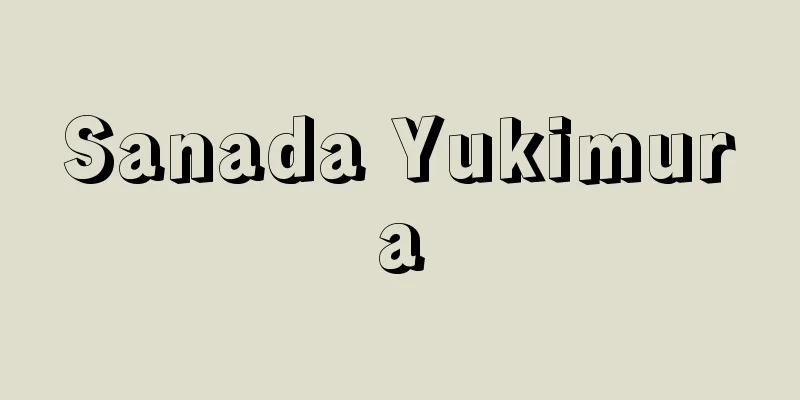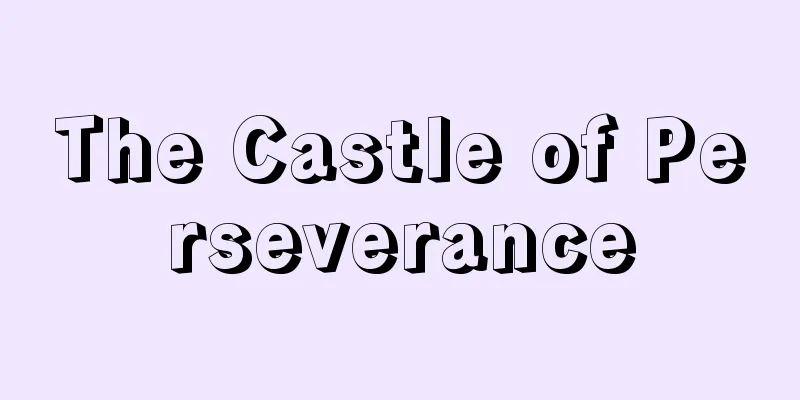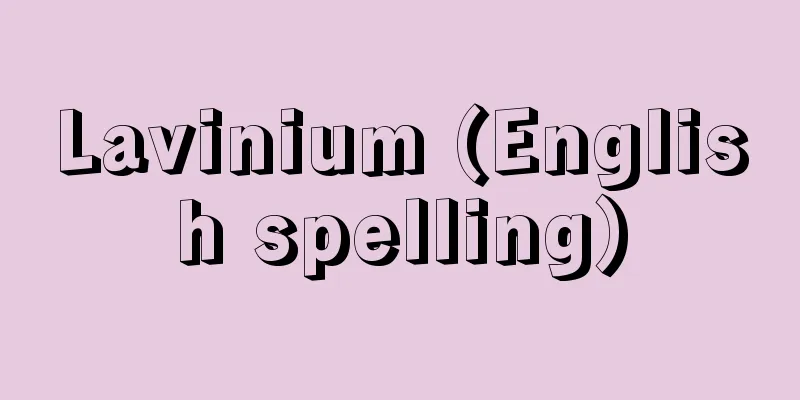Western Movies - Yoga

|
A general term for oil paintings, watercolors, etc. based on Western styles of expression, as opposed to Western paintings or Japanese paintings based on traditional styles of expression. The development of Western painting in Japan can be roughly divided into three periods. The first period was from 1543 (Tenbun 12) in the late Muromachi period, when Portuguese people were cast ashore on Tanegashima Island in Satsuma, to around 1708 (Hoei 5) in the middle of the Edo period. During this period, holy images and Western genre paintings, mainly associated with the missionary work of Christianity, were painted with oils and mineral pigments. They are also called Christian paintings or Nanban paintings (the first period of Western-style painting). The second period was from 1706 (Hoei 6), when Arai Hakuseki wrote Seiyo Kibun, to the end of the Edo period, when the realistic realism of Western paintings attracted interest and they were studied as a scientific technique useful in daily life. Famous painters include Odano Naotake and Satake Shozan from Akita, Shiba Kokan and Aodo Denzen from Edo, and Wakasugi Isohachi, Araki Jogen, and Kawahara Keiga from Nagasaki. Their works depict Western and Japanese customs, landscapes, and still lifes using oil and mineral pigments. They are also called Ranga or Komoga (the second period of Western-style painting). The third period is from 1868 to the present, and is often the period when people talk about modern Western painting. Source: Encyclopaedia Britannica Concise Encyclopedia About Encyclopaedia Britannica Concise Encyclopedia Information |
|
西洋画,あるいは伝統的表現様式に基づく日本画に対し,西洋的表現様式に基づく油彩,水彩などの総称。日本の洋画の展開は,ほぼ3期に分けられる。第1期はポルトガル人が薩摩の種子島に漂着した室町時代後期の天文 12 (1543) 年から,江戸時代中期の宝永5 (1708) 年頃まで。この期には,おもにキリスト教布教に伴う聖画像類や西洋風俗画類が油彩,岩絵具 (鉱物質の絵具) などで描かれた。キリシタン絵画あるいは南蛮絵 (第1期洋風画) とも呼ばれる。第2期は新井白石が『西洋紀聞』を著わした宝永6年から幕末までで,西洋画の迫真的写実が関心をひき,生活に役立つ科学的技術として学ばれた。画家として秋田の小田野直武,佐竹曙山,江戸の司馬江漢,亜欧堂田善,長崎の若杉五十八,荒木如元,川原慶賀らが知られており,西洋や日本の風俗,風景,静物などが油彩,岩絵具などで描かれた。蘭画あるいは紅毛画 (第2期洋風画) とも呼ばれる。第3期は明治1 (1868) 年以降現在までで,近代洋画という場合,第3期をさすことが多い。
出典 ブリタニカ国際大百科事典 小項目事典ブリタニカ国際大百科事典 小項目事典について 情報 |
Recommend
Jeju - last week
It is the largest city on Jeju Island, located in...
Osatsuma Usendayu - Osatsuma Usendayu
…(2) The second generation (1729-1777, Kyoho 14-A...
Left Hill Akira
Dates of birth and death unknown. Lived around th...
photovoltaic cell (English notation) photovoltaic cell
...Infrared detectors include PbS and PbSe cells,...
《Challenge》
…Works he wrote during this time, such as Olney H...
Japan Air Self-Defense Force
The Self-Defense Forces are primarily responsible ...
Cucujus mniszechii (English spelling) Cucujus mniszechii
...The thoracic legs are well developed. The blue...
Arsenite - Arsenite
…Diarsenic trioxide (As 2 O 3) is commonly called...
Apogee - apogee (English spelling)
The point at which the moon or an artificial celes...
Physiologie du goût (English: Physiologiedugout)
…He studied law at the University of Dijon and be...
Gnosticism - Gnosticism
A religious and ideological movement that arose in...
Ariake [town] - Ariake
A former town in Soo County in eastern Kagoshima P...
Hot Autumn - Atsuiaki
...The movement started as a criticism of the old...
Jitsuchu - Jitsuchu
Years of birth: Years of birth and death unknown A...
IBM Card - IBM Card
...They are also called punch cards or punch card...









